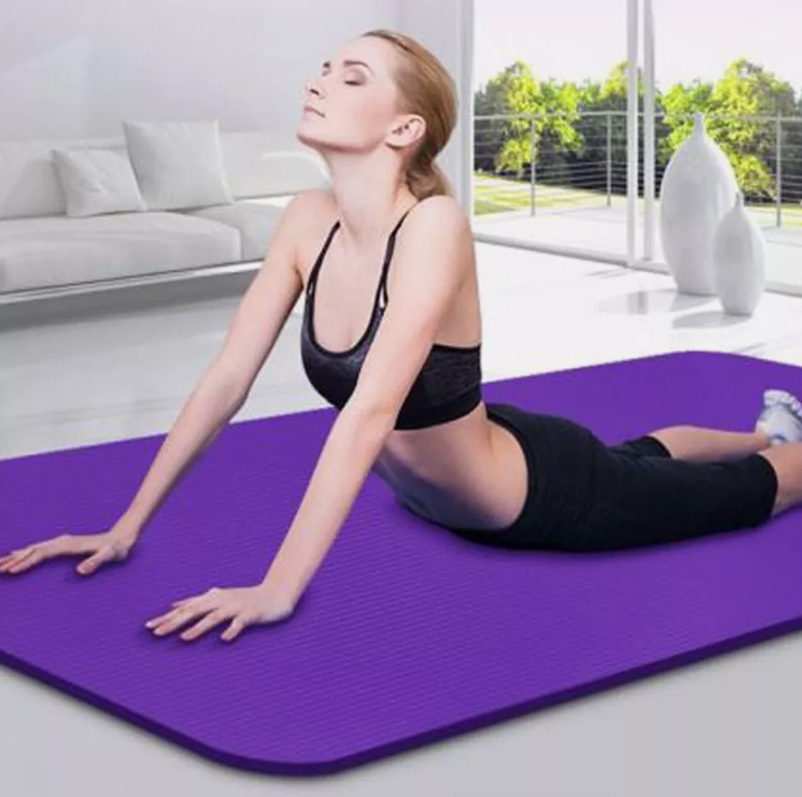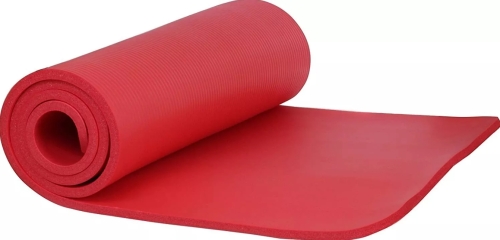Yoga mat is one of the basic equipment for practicing yoga, which occupies an important position in the life of yoga lovers. It not only provides a comfortable and safe space for practitioners to practice, but also helps to enhance the effect and fun of the practice.
First of all, the material choice of yoga mat is crucial. Common yoga mat materials include PVC, TPE, natural rubber and so on. PVC pads are generally cheaper, but not as environmentally friendly and durable as other materials. TPE pads are popular for their lightweight, non-toxic and recyclable advantages. Natural rubber MATS are the choice of many advanced yoga MATS that provide good grip and comfort for practitioners of all levels.
When using a yoga mat, the non-slip nature of the surface is an important consideration. A good yoga mat should effectively prevent sliding during practice to ensure the stability and safety of the movement. This is especially important for many poses, such as dog pose and warrior pose. A dry practice environment can also better help practitioners adjust their mindset, focus, and achieve the effect of meditation.
In addition, the thickness of the yoga mat is also an aspect that needs attention. In general, the standard yoga mat thickness of 4-6 mm, suitable for most people's needs. However, for people with sensitive joints, thicker pads can be chosen to provide more protection; High-level yoga practitioners may be more inclined to choose a thin mat in order to better feel the contact of the ground and enhance the sense of balance.
In addition to functionality, the appearance design of yoga MATS has gradually become the focus of attention of practitioners. There are a variety of colors, patterns and styles of yoga MATS on the market to meet the aesthetic needs of different people. Choose a yoga mat that you like, not only to enhance the enthusiasm of practice, but also to add a sense of beauty to the practice space.
















